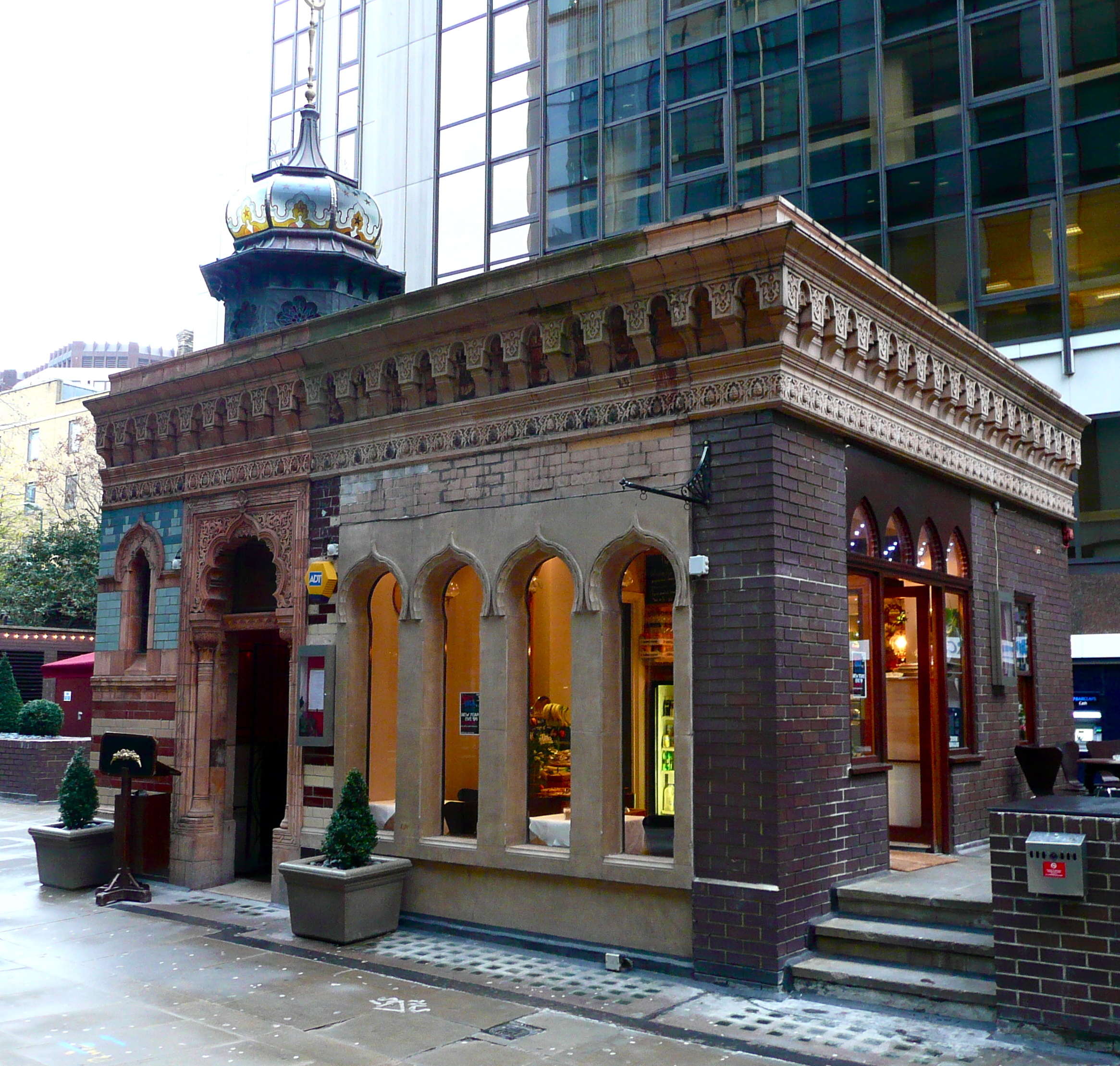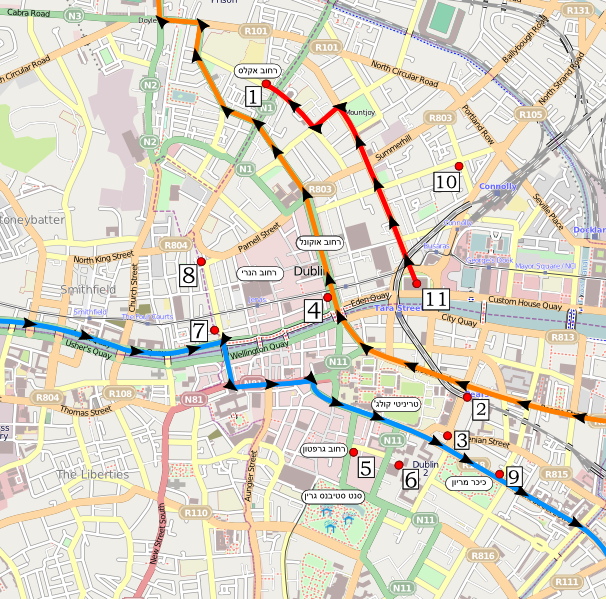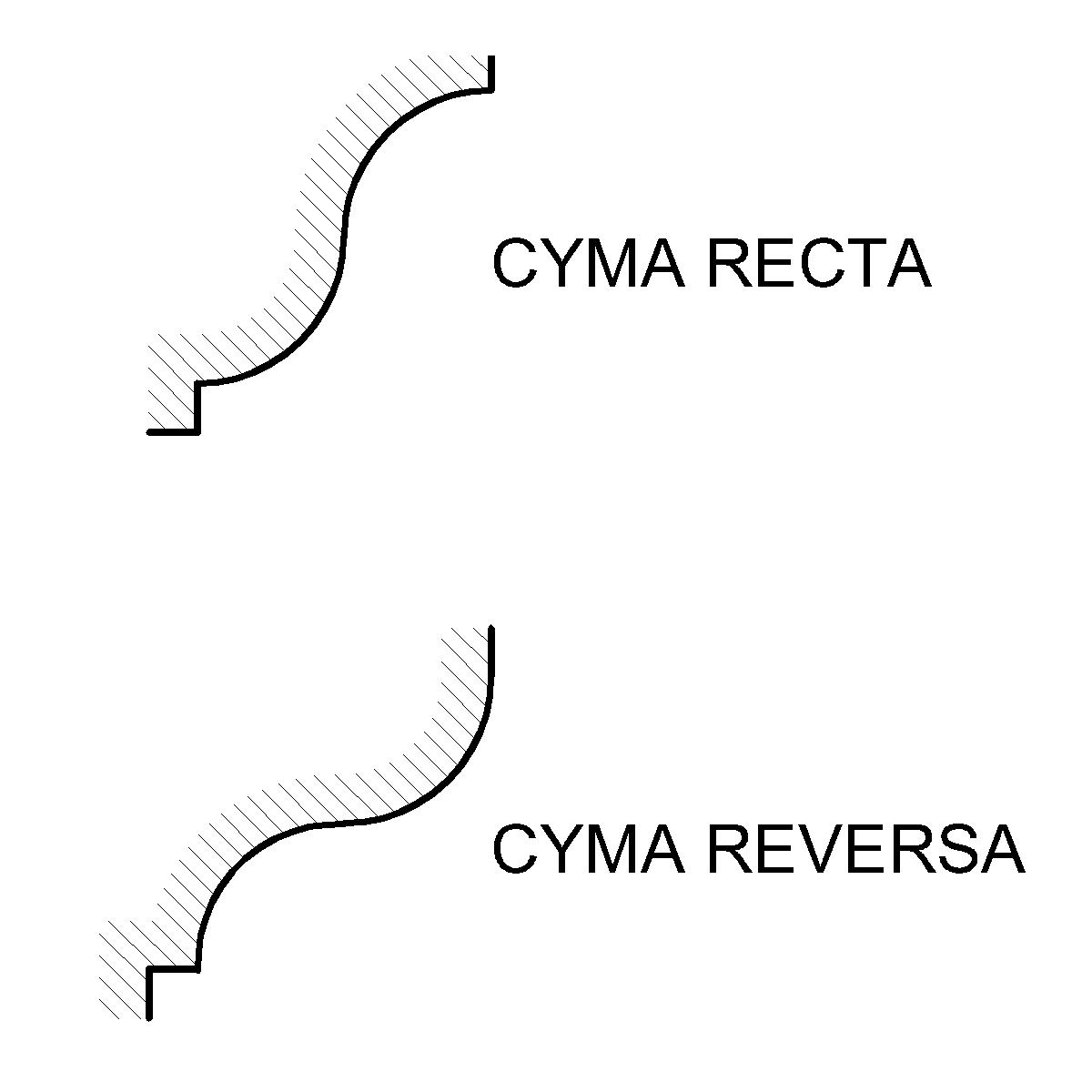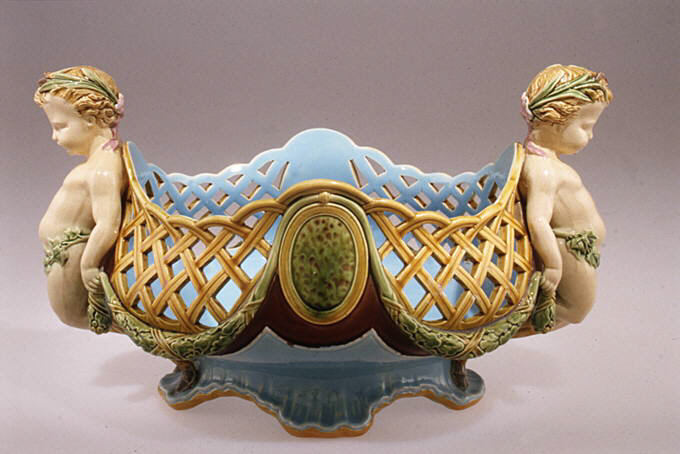|
Turkish Baths, Lincoln Place
The Turkish Baths was a Victorian Turkish bath on Lincoln Place, Dublin. History The Turkish Baths on Lincoln Place, Dublin opened on 2 February 1860 having been built by Richard Barter as part of the Turkish Bath Company of Dublin Ltd. The main frontage was 186 feet long. The Bath attendants wore red dressing gowns and Turkish slippers, and served coffee and "chibouk" to the patrons. Initially very successful, the Baths served 90 bathers a day for the first 4 years of operation. There was an adjoining restaurant which was leased out to a number of proprietors, the first of which was the Café de Paris, and while it was run by Muret & Olin it has been speculated that it was the first documented French restaurant in Dublin. Barter left the business by 1867, and later opened a baths known as The Hammam on O'Connell Street on 17 March 1869. The Baths at Lincoln Place were subsequently refurbished in 1867, and again in 1875 in two phases. The works in 1875 saw the installation of ... [...More Info...] [...Related Items...] OR: [Wikipedia] [Google] [Baidu] |
Richard Barter (sculptor)
Richard Barter (circa 1824 – 5 January 1896) was an Irish sculptor. Life Richard Barter was born around 1824 in Macroom, County Cork. In 1844, around the age of 20, Barter entered the Royal Dublin Society's School. While still a student in 1847, he won a prize from the Irish Art Union for his statuette ''Venus and Cupid''. During this time, he became a friend of Daniel O'Connell. He moved to London for a few years, where he met and became life-long friends with John Henry Foley. He returned to Dublin briefly, but later moved back to County Cork, settling in St Ann's Hill, Blarney in 1853. He was also a musician, playing the flagolet. In 1851, he exhibited as part of the Great Exhibition in London. He produced primarily portrait busts and small subject groups. In 1845, 1847 and 1851 he exhibited with the Royal Hibernian Academy, primarily miniature busts in ivory. Between 1864 and 1874 he occasionally exhibited with the Royal Academy. Barter died at St Ann's on 5 January 18 ... [...More Info...] [...Related Items...] OR: [Wikipedia] [Google] [Baidu] |
Victorian Turkish Bath
Victorian Turkish bath or simply Turkish bath (though not to be confused with the traditional baths in Turkey and the Ottoman Empire) is a type of public bathhouse which was derived from the ''hammam'' (bathhouse) of the Islamic world and those Roman baths which used hot dry air. It became popular as a therapy, a method of cleansing, and a place for relaxation during the Victorian era, rapidly spreading through the British Empire, the United States of America, and Western Europe. Description Unlike Russian saunas (''banya''), which use steam, Victorian Turkish baths focus on air. The particular bathing process roughly parallels ancient Roman bathing practices. It starts with relaxation in a room heated by a continuous flow of hot, dry air, allowing the bather to perspire freely. Bathers may then move to an even hotter room before they wash in cold water. After performing a full body wash and receiving a massage, bathers finally retire to the cooling-room for a period of relaxa ... [...More Info...] [...Related Items...] OR: [Wikipedia] [Google] [Baidu] |
Lincoln Place, Dublin
Lincoln Place () is a street in Dublin, Ireland. Location Alongside Nassau Street and Leinster Street South, Lincoln Place runs along the southern boundary of Trinity College Dublin. History Lincoln Place, Nassau Street and Leinster Street South were previously collectively known as St Patrick's Well Lane. The name was derived from the holy well on the ground of Trinity College. In John Rocque's map of Dublin in the late 1750s, Lincoln Place was marked as St Patricks Lane. By 1773, the street was called Park Place, and Park Street in 1792. It was renamed Lincoln Place in 1862 by Dublin Corporation as the street was deemed to have a poor reputation. Clerkin states the street was named for Abraham Lincoln. Architecture The street has a number of notable buildings, including the Dublin Dental University Hospital and Lincoln Chambers. Two of the street's buildings were mentioned in James Joyce's ''Ulysses'': Sweny's Pharmacy and the Turkish Baths. See also *List of streets and sq ... [...More Info...] [...Related Items...] OR: [Wikipedia] [Google] [Baidu] |
Richard Barter (physician)
Richard Barter (1802 – 3 October 1870) was an Irish physician and proponent of hydropathy. He collaborated with David Urquhart on the introduction of Turkish baths into the United Kingdom. Barter founded St Ann's Hydro, Ireland's first hydropathic establishment at St Ann's Hill, located near Cork. Early life and family Richard barter was born in 1802 in Cooldaniel, County Cork. His parents were Richard and Elizabeth Barter (née Berkely). He had 6 siblings. Barter was trained at the College of Physicians in London, and became a members of the Royal College of Surgeons of England in 1828. He returned to Ireland to take up a position in Inniscarra, County Cork as a dispensary doctor. He married Mary Newman in 1836. She was the daughter John Newman of Dromore, County Cork. They had 4 daughters and 7 sons. Two of their sons, Richard and Ulick were knighted. He died on 3 October 1870 at Blarney. The ''Dictionary of Irish Architects'' assumes that Barter was the father of sc ... [...More Info...] [...Related Items...] OR: [Wikipedia] [Google] [Baidu] |
Chibouk
A chibouk (; french: chibouque; from the tr, çıbık, çubuk (English: "stick" from the Persian word choobak "چوبک" meaning small wooden stick) (Serbian: "Čibuk"); also romanized ''čopoq'', ''ciunoux'' or ''tchibouque'') is a very long-stemmed Turkish tobacco pipe, often featuring a clay bowl ornamented with precious stones. The stem of the chibouk generally ranges between 4 and 5 ft. (1.2 and 1.5 m), much longer than even Western churchwarden pipes. While primarily known as a Turkish pipe, the chibouk was once popular in Iran, as well. Like Chinese opium pipes, chibouk are antiquated smoking devices, and are rarely, if at all produced in modern times. Their use in Turkey and the Middle East may have died out with the growing popularity of the hookah and cigarettes. Old chibouk and chibouk bowls can still be purchased as antiques. Similar pipes were once used in North Africa to smoke hashish. Some specialized chibouk were produced to act as long, cigarette-holding pi ... [...More Info...] [...Related Items...] OR: [Wikipedia] [Google] [Baidu] |
O'Connell Street
O'Connell Street () is a street in the centre of Dublin, Republic of Ireland, Ireland, running north from the River Liffey. It connects the O'Connell Bridge to the south with Parnell Street to the north and is roughly split into two sections bisected by Henry Street, Dublin, Henry Street. The Luas tram system runs along the street. During the 17th century, it was a narrow street known as Drogheda Street, named after Henry Moore, Earl of Drogheda. It was widened in the late 18th century by the Wide Streets Commission and renamed Sackville Street (''Sráid Saicfil'') after Lionel Sackville, 1st Duke of Dorset. In 1924, it was renamed in honour of Irish nationalism, nationalist leader Daniel O'Connell, whose statue by John Henry Foley stands at the lower end of the street facing O'Connell Bridge. The street has played an important part in Irish history and features several important monuments, including statues of O'Connell and trade union leader James Larkin, as well as the Spi ... [...More Info...] [...Related Items...] OR: [Wikipedia] [Google] [Baidu] |
Ulysses (novel)
''Ulysses'' is a modernist novel by Irish writer James Joyce. Parts of it were first serialized in the American journal ''The Little Review'' from March 1918 to December 1920, and the entire work was published in Paris by Sylvia Beach on 2 February 1922, Joyce's 40th birthday. It is considered one of the most important works of modernist literature and has been called "a demonstration and summation of the entire movement." According to Declan Kiberd, "Before Joyce, no writer of fiction had so foregrounded the process of thinking". ''Ulysses'' chronicles the appointments and encounters of the itinerant Leopold Bloom in Dublin in the course of an ordinary day, 16 June 1904. Ulysses is the Latinised name of Odysseus, the hero of Homer's epic poem the ''Odyssey'', and the novel establishes a series of parallels between the poem and the novel, with structural correspondences between the characters and experiences of Bloom and Odysseus, Molly Bloom and Penelope, and Stephen Dedalus ... [...More Info...] [...Related Items...] OR: [Wikipedia] [Google] [Baidu] |
Dublin Builder
The ''Dublin Builder'' was an illustrated Irish architectural, engineering, mechanics' and sanitary trade magazine published from 1859 to 1866. It later became known as ''The Irish Builder''. Historical copies of the ''Dublin Builder'', dating back to 1859, are available to search and view in digitised form at The British Newspaper Archive The British Newspaper Archive web site provides access to searchable digitized archives of British and Irish newspapers. It was launched in November 2011. History The British Library Newspapers section was based in Colindale in north London, u .... List of ''Dublin Builder'' editions available free online *Dublin Builder (1859) - v1 *Dublin Builder (1860) - v2 *Dublin Builder (1861) - v3 *Dublin Builder (1862) - v4 *Dublin Builder (1863) - v5 *Dublin Builder (1864) - v6 *Dublin Builder (1865) - v7 *Dublin Builder (1866) - v8 References Magazines published in Ireland Defunct magazines published in Ireland Magazines established in 1 ... [...More Info...] [...Related Items...] OR: [Wikipedia] [Google] [Baidu] |
Ogee
An ogee ( ) is the name given to objects, elements, and curves—often seen in architecture and building trades—that have been variously described as serpentine-, extended S-, or sigmoid-shaped. Ogees consist of a "double curve", the combination of two semicircular curves or arcs that, as a result of a point of inflection from concave to convex or ''vice versa'', have ends of the overall curve that point in opposite directions (and have tangents that are approximately parallel). First seen in textiles in the 12th century, the use of ogee elements—in particular, in the design of arches—has been said to characterise various Gothic and Gothic Revival architectural styles. The shape has many such uses in architecture from those periods to the present day, including in the ogee arch in these architectural styles, where two ogees oriented as mirror images compose the sides of the arch, and in decorative molding designs, where single ogees are common profiles (see opening image) ... [...More Info...] [...Related Items...] OR: [Wikipedia] [Google] [Baidu] |
Mintons
Mintons was a major company in Staffordshire pottery, "Europe's leading ceramic factory during the Victorian era", an independent business from 1793 to 1968. It was a leader in ceramic design, working in a number of different ceramic bodies, decorative techniques, and "a glorious pot-pourri of styles - Rococo shapes with Oriental motifs, Classical shapes with Medieval designs and Art Nouveau borders were among the many wonderful concoctions". As well as pottery vessels and sculptures, the firm was a leading manufacturer of tiles and other architectural ceramics, producing work for both the Houses of Parliament and United States Capitol. The family continued to control the business until the mid-20th century. Mintons had the usual Staffordshire variety of company and trading names over the years, and the products of all periods are generally referred to as either "Minton", as in "Minton china", or "Mintons", the mark used on many. Mintons Ltd was the company name from 1879 o ... [...More Info...] [...Related Items...] OR: [Wikipedia] [Google] [Baidu] |
Public Baths
Public baths originated when most people in population centers did not have access to private bathing facilities. Though termed "public", they have often been restricted according to gender, religious affiliation, personal membership, and other criteria. In addition to their hygienic function, public baths have also been social meeting places. They have included saunas, massages, and other relaxation therapies, as are found in modern day spas. As the percentage of dwellings containing private bathrooms has increased in some societies, the need for public baths has diminished, and they are now almost exclusively used recreationally. History Public facilities for bathing were constructed, as excavations have provided evidence for, in the 3rd millennium BC, as with the Great Bath, Mohenjo-daro. Ancient Greece In Greece by the sixth century BC men and women washed in basins near places of physical and intellectual exercise. Later gymnasia had indoor basins set overhead, the open ... [...More Info...] [...Related Items...] OR: [Wikipedia] [Google] [Baidu] |
Demolished Buildings And Structures In Dublin
Demolition (also known as razing, cartage, and wrecking) is the science and engineering in safely and efficiently tearing down of buildings and other artificial structures. Demolition contrasts with deconstruction, which involves taking a building apart while carefully preserving valuable elements for reuse purposes. For small buildings, such as houses, that are only two or three stories high, demolition is a rather simple process. The building is pulled down either manually or mechanically using large hydraulic equipment: elevated work platforms, cranes, excavators or bulldozers. Larger buildings may require the use of a wrecking ball, a heavy weight on a cable that is swung by a crane into the side of the buildings. Wrecking balls are especially effective against masonry, but are less easily controlled and often less efficient than other methods. Newer methods may use rotational hydraulic shears and silenced rock-breakers attached to excavators to cut or break thro ... [...More Info...] [...Related Items...] OR: [Wikipedia] [Google] [Baidu] |






